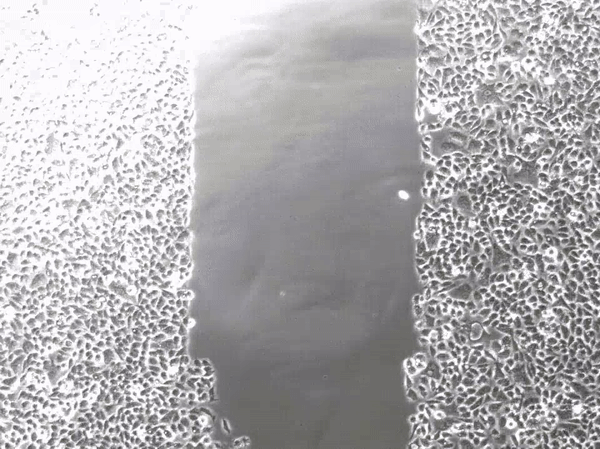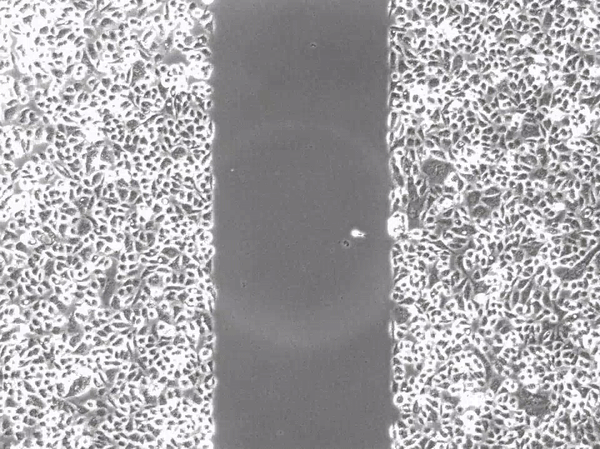PHYTOR RESEARCH
Humans have been using nature to heal since before written language. The first documented evidence was found on a 5,000-year-old slab of clay from Nagpur in India, which refers to more than 250 plants. Traditional Chinese medicine dates back thousands of years, the earliest found writings on pieces of tortoiseshell and bone from the 15th century BC. The Ebers papyrus, a 3,500-year-old Egyptian scroll, mentions willow bark from which aspirin was later developed. Penicillin, morphine and some of the most effective cancer chemotherapeutics we have today all derive from natural sources and many of humanity’s biggest killers, including cancer and heart disease, are treated with medicines that originate from plants and fungi. According to the World Health Organization, 11% of the world’s essential medicines derive from flowering plants.
Based on pre-clinical studies there is evidence that our herbs work in a similar way as seen in other adjuvant therapies and that they provide a good chance of improving a cancer condition. An adjuvant is a substance that enhances the immune system’s response to the presence of an antigen (toxins, bacteria, viruses, or other foreign substance). The adjuvant effect is usually exerted during the immune response, operating at least in part through toll-like receptors (TLRs) and mast cells to direct the subsequent pathogenic adaptive immune response.
In the case of our herbs the Adjuvant is characterized as an Immunostimulatory Adjuvants that directly activate such cells through specific receptors such as the TLRs adjuvants act in a combination of various ways including formation of depot, induction of cytokines and chemokines, recruitment of immune cells, enhancement of antigen uptake and presentation, and promoting antigen transport to draining lymph nodes. TLRs are an important family of receptors that constitute the first line of defense against microbes. They can recognize both invading pathogens and endogenous danger molecules released from dying cells and damaged tissues and play a key role in linking innate and adaptive immunity. It relates to the delivery mechanism of the medication which releases slowly over time to permit less frequent administration of a medication.
They are designed to increase medication adherence and consistency, especially in patients who commonly forget to take their medicine. Cytokinesis is the physical process of cell division, which divides the cytoplasm of a parental cell into two daughter cells. It occurs concurrently with two types of nuclear division called mitosis and meiosis, which occur in animal cells. Mitosis and each of the two meiotic divisions result in two separate nuclei contained within a single cell. Cytokinesis performs an essential process to separate the cell in half and ensure that one nucleus ends up in each daughter cell. Spindle fibers form a protein structure that divides the genetic material in a cell. The spindle is necessary to equally divide the chromosomes in a parental cell into two daughter cells during both types of nuclear division: mitosis and meiosis. During mitosis, the spindle fibers are called the mitotic spindle. Chemokines are signaling proteins that are secreted during Cytokinesis. Their main function regarding cancer related activity is to actively participate in the inflammatory response attracting immune cells to the site of inflammation.
XENOGRAFT MODEL
Oral Consumption of Phytor’s Proprietary Formulation shrinks tumour sizes in lab experiments. Tumor growth is slowed / reduced by more than 50% with the consumption of Phytor’s herbal formulation in animal studies or xenograft models. Average tumor weight and sizes are significantly smaller in animals that consume the herbal formulation.

EFFECTS OF OUR HERBAL FORMULATION’S ACTIVE COMPOUNDS ON CELL MIGRATION
Isolated Compounds from Phytor’s Formulation inhibits cancer cell movement in Invitro studies. Cancer Cells do not move out of boundaries in the presence of isolated compound NYH001 found in Phytor’s Herbal Formulation in invitro experiments. This suggests potential function in prevention of cancer metastasis in 2D cellular models.
Control

Herbal Formulation Treatment – NYH001 (5mM)



